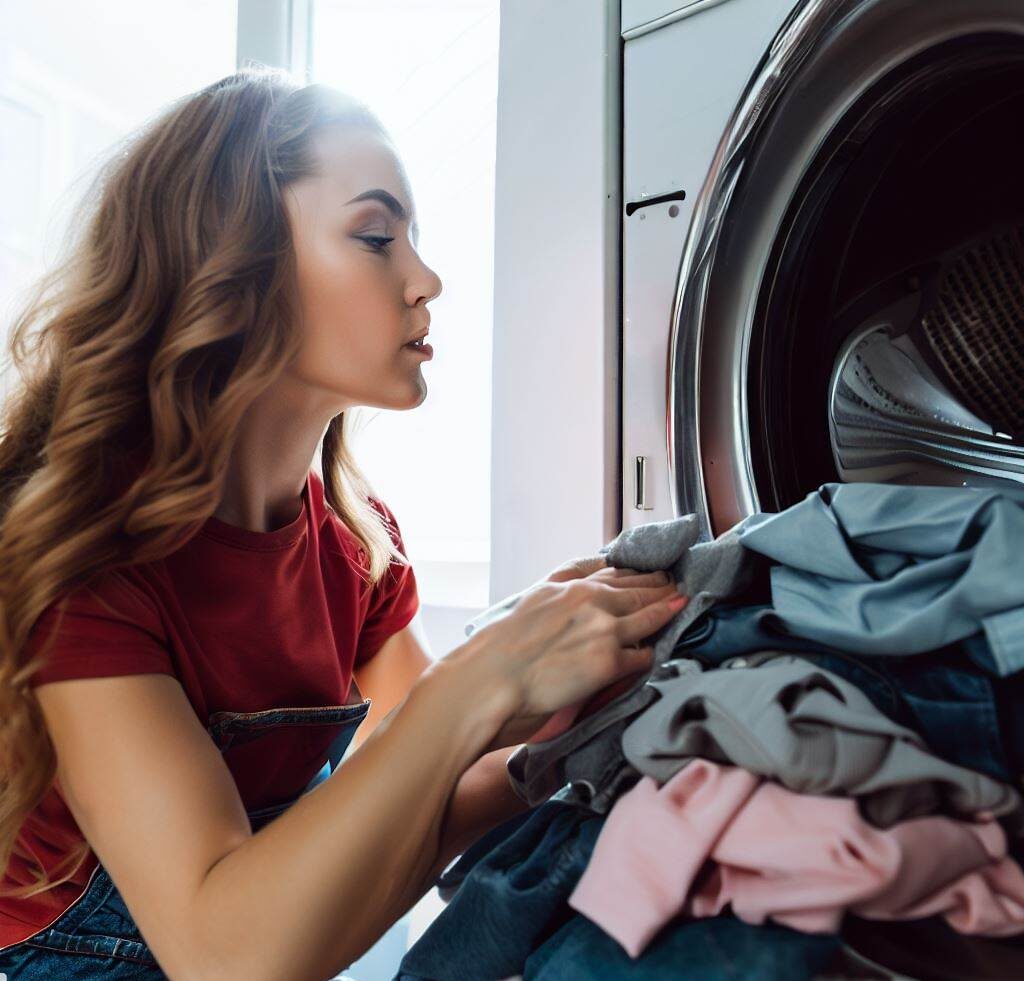Few household frustrations match the feeling of unloading a supposedly dried load of laundry, only to find clothes still damp. Several factors can contribute to this inconvenience, but fear not! Let’s explore common reasons why clothes might not dry fully in a dryer and practical solutions to rectify the issue.
Causes of Incomplete Drying:
Overloading the Dryer:
Stuffing too many clothes into the dryer impedes proper airflow, preventing efficient drying. The overcrowded space restricts the movement of hot air through the fabric, leaving some items damp.
Improper Ventilation:
A clogged or obstructed dryer vent restricts airflow, preventing moist air from escaping. This trapped humidity can result in damp clothes at the end of the drying cycle.
Damp or Heavy Items:
Including excessively damp or heavy items in a load can prolong drying times. These items retain moisture, requiring additional drying cycles or disrupting the drying process for other clothes.
Malfunctioning Heating Elements or Sensors:
Faulty heating elements or sensors can hinder the dryer’s ability to generate and regulate heat properly, leading to incomplete drying.
Solutions to Ensure Complete Drying:
Optimal Load Size:
Avoid overloading the dryer. Opt for smaller loads that allow clothes to tumble freely, ensuring adequate airflow for efficient drying.
Proper Ventilation:
Regularly clean the lint trap after each cycle and inspect the dryer vent for any blockages. Remove lint buildup and ensure unobstructed airflow to facilitate effective drying.
Separate Heavy and Lightweight Items:
Separate heavier or excessively damp items from lighter clothes. Heavier items, like towels or jeans, tend to retain more moisture and might require additional drying time.
Maintenance and Repairs:
Schedule regular maintenance checks for your dryer. If you suspect a malfunction, such as heating issues or sensor inaccuracies, consult a professional technician for repairs.
Experiment with Settings:
Explore different dryer settings based on fabric type and moisture level. Opt for higher heat settings for heavier fabrics and lower settings for delicate items.
Additional Tips for Efficient Drying:
- Dry Similar Fabrics Together: Group similar fabrics together for more even drying. Lightweight fabrics dry faster than denser ones, so segregating loads can optimize drying times.
- Use Dryer Balls or Towels: Adding dryer balls or a dry towel to the load can help improve airflow and absorb moisture, aiding in faster drying.
- Regular Maintenance: Perform routine cleaning of the lint trap and vent to prevent lint buildup, ensuring efficient airflow.
Conclusion:
Understanding the reasons behind clothes not drying fully in the dryer empowers you to implement practical solutions and optimize drying efficiency. By maintaining proper ventilation, managing load sizes, segregating fabrics, and addressing potential malfunctions promptly, you can ensure that your dryer operates at its best, leaving you with thoroughly dried and ready-to-wear clothes after each cycle.

